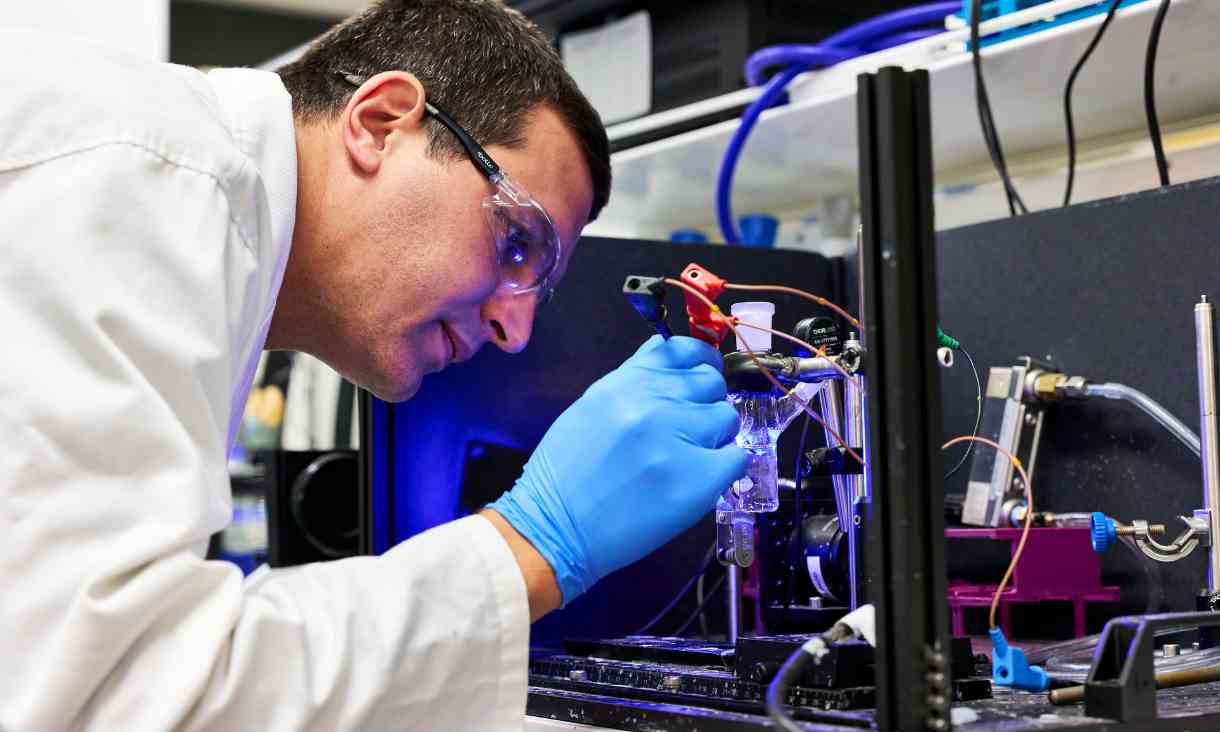RMIT cuts ribbon on world-class nanomanufacturing research centre
RMIT University has launched the Centre for Atomaterials and Nanomanufacturing (CAN), which will pioneer atomaterial research translation to drive commercial growth for Australia
Enabling circular economy practices in sustainable metal production
Researchers in the DIAMETER project will develop digital platforms focused on augmented sustainability and circularity of additive manufacturing and machining processes.
Australian solar panel recycling tech on show in Spain
Australian researchers are developing solutions to recycle solar panels and recover strategic metals including silver and copper.
Students’ giant magpie glider helps British Consul-General take flight at Moomba Birdman Rally
RMIT students designed and built a glider resembling a giant magpie, which carried the British Consul-General for Victoria above the Yarra River as part of the 2024 Moomba Birdman Rally on Sunday 10 March.










